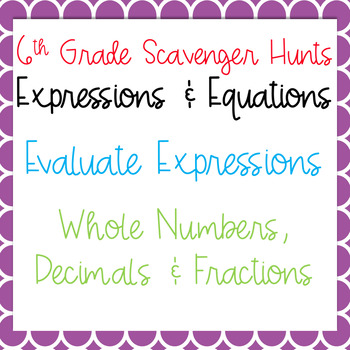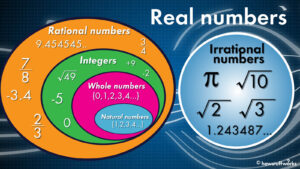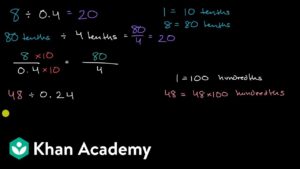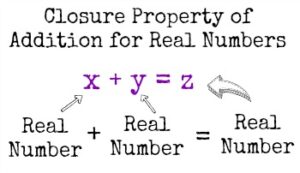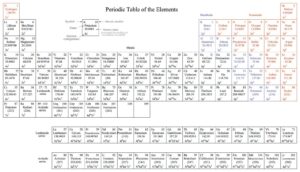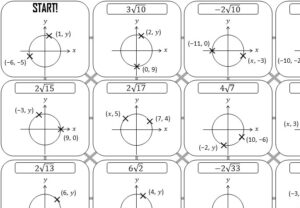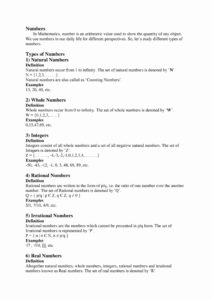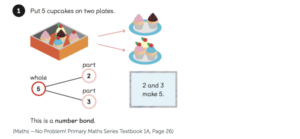How to Evaluate Expressions With Fractions and Whole Numbers
If you are interested in knowing how to evaluate expressions with fractions and whole numbers, then this article will give you some useful tips and information. There are many different ways that can be used to evaluate an expression. All of the different methods are based on a different process. For instance, if we were to look at a number we would first have to find out what factors make up the number. The factors may include any factors that are constant or variable, any units, and any operators.

Once all of the factors are known, the next step would be to evaluate the expression. This evaluation will depend on how we find the factors. For example, if we knew the value of one factor, we could evaluate it using only the denominator. Or, if we had known only the unit factor, we could use just the numerator to get the value of the expression.
We can also evaluate expressions in a more direct manner. For instance, we can use a calculator in order to determine if an expression is truly an expression of a product. This works well when the product is a constant. However, the problem arises if the product changes, such as when it changes from a complex number to a simple number.
The best way to find out if an expression is truly evaluated is to find out what fraction it is using a calculator program. You can find several programs for free online. You can use one of them to find out if the expression you are evaluating is indeed a fraction. If so, you can then change the fraction or move it around until you find another that is a fraction. The new numerated value will then be the numerated value that you originally had.
In addition, you can also evaluate expressions by using logarithms. This works well when the denominator change. For instance, if you want to know how many cups of coffee you need to make, you can use the formula [cup x 3]/[cup x 100] to determine the number of cups. Once you evaluate it this way, you will have found the numerated values that determine how much you need.
One thing to keep in mind is that even if your expressions are evaluated directly by a calculator, they are not necessarily evaluated in units of time. In most cases, they are evaluated numerically. How to evaluate such expressions, then, is to find out their logarithmically computed values.
How to evaluate numerical arguments involves knowing about decimals and their uses. Decimals are basically multiples of a number, which can be positive or negative. If an expression has only one digit in the numerated value, then the expression is decimally evaluated. However, if the expression has more than one digit in the numerated values, then the evaluation of the expression uses logarithms.
You may also find learning how to evaluate expressions with fractions and whole numbers a bit confusing at first because of all the different terms and the way in which they are used. However, once you get the hang of it, you will soon find that it is not so hard after all. In fact, you might find that you already know how to evaluate such expressions before you actually attempt them. For instance, there is a very easy way to find the logarithm of an expression, and this way will make evaluating such expressions so much easier for you. So if you would like to know more, you should consider looking into learning more about logarithms as well as learning more about other types of math.
